poultry
Understanding the World of Poultry: From Farm to Table
Poultry, encompassing domesticated birds raised for meat, eggs, and feathers, plays a pivotal role in global food production and economies. Chickens, ducks, turkeys, and geese are the commercial heavyweights, while guinea fowl and squabs hold more regional significance. This comprehensive guide delves into the multifaceted world of poultry, exploring its history, farming practices, health concerns, and its importance in the modern food chain.
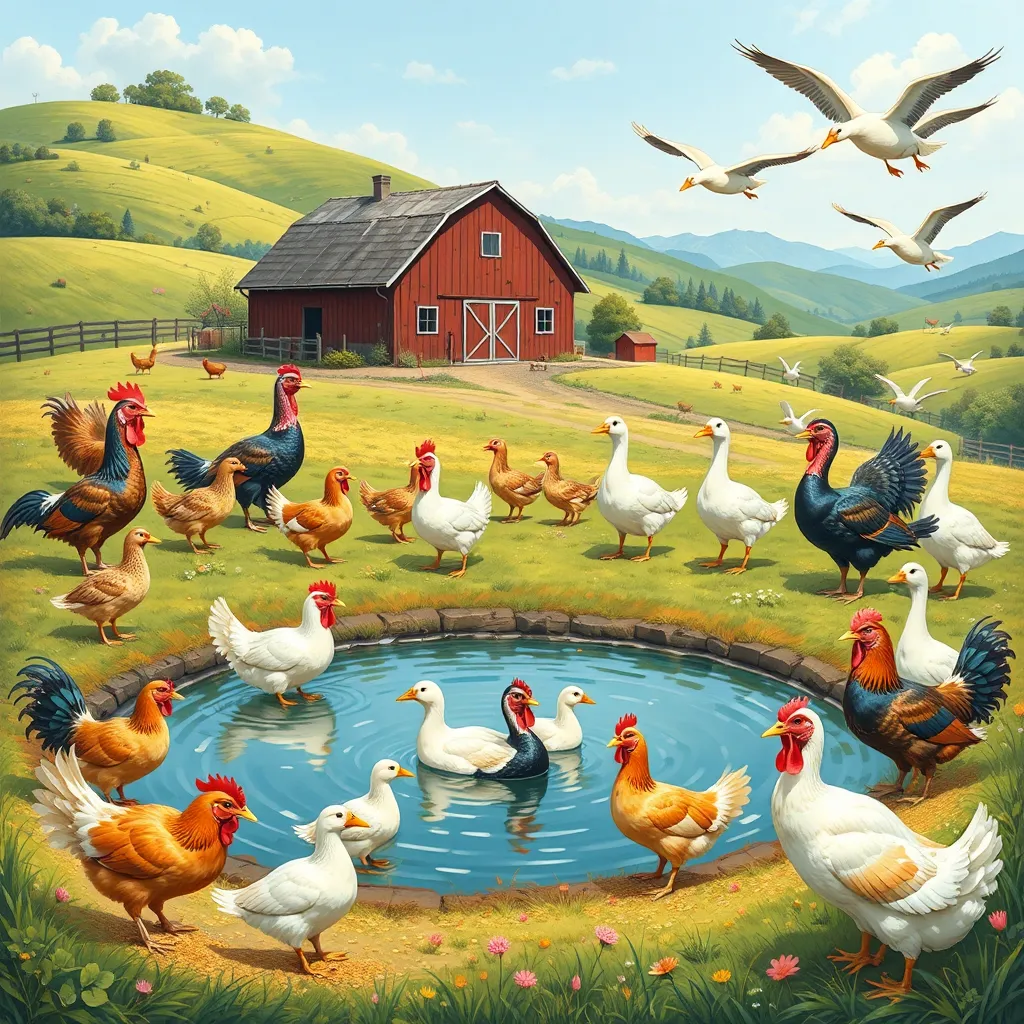
A Brief History of Poultry Farming
The domestication of poultry dates back millennia, with evidence suggesting chickens were initially kept for cockfighting and religious ceremonies before their value as a food source was fully realized. Over centuries, selective breeding led to the development of diverse breeds optimized for meat production (broilers), egg-laying (layers), or dual purposes. Today, poultry farming has evolved into a highly sophisticated and industrialized sector, employing advanced technologies to maximize efficiency and output.
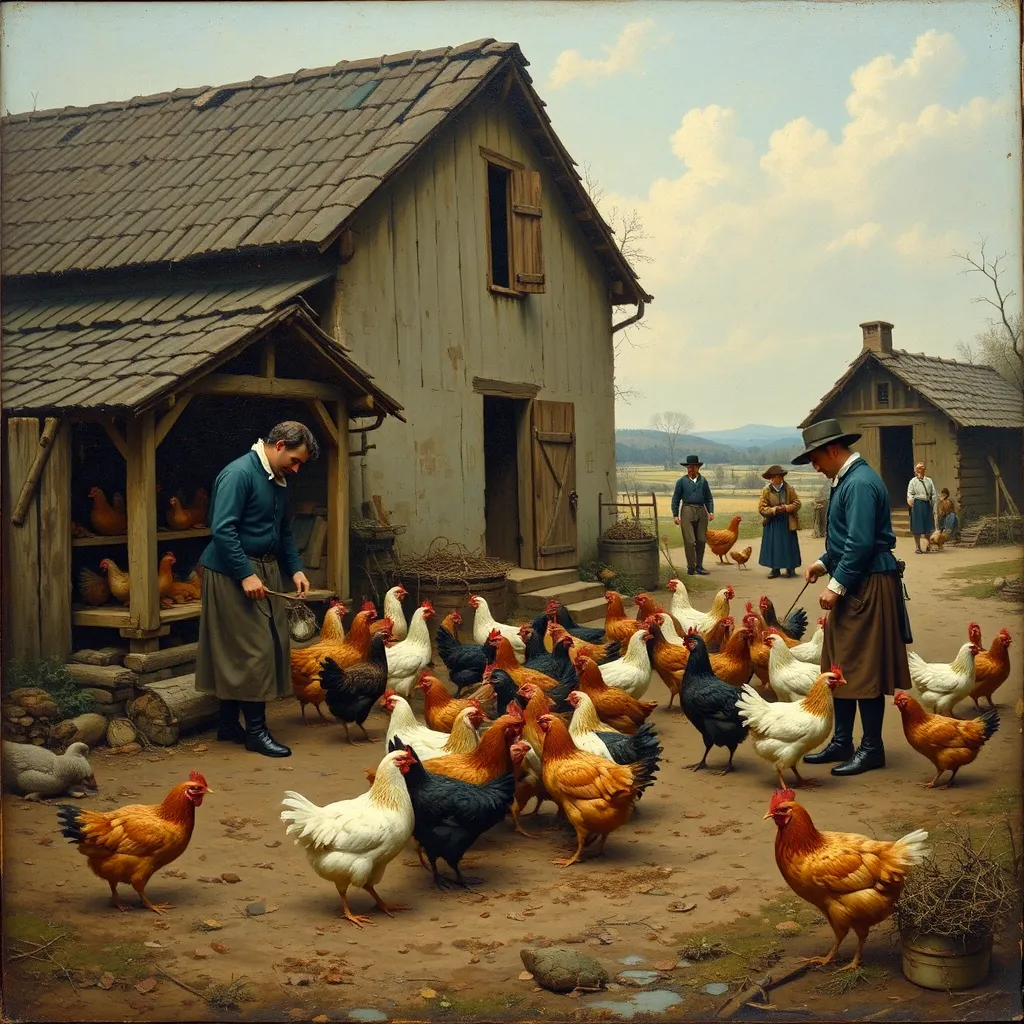
Modern Poultry Farming Practices
Poultry farming today involves intensive practices, with birds often raised in large-scale facilities. These operations employ sophisticated systems for climate control, feeding, and waste management. While intensive farming offers economies of scale, it also raises concerns about animal welfare, environmental impact, and the potential for disease outbreaks. Conversely, the rise of backyard poultry keeping offers a contrasting approach, with smaller-scale operations emphasizing natural feed, free-range conditions, and a focus on sustainable practices.
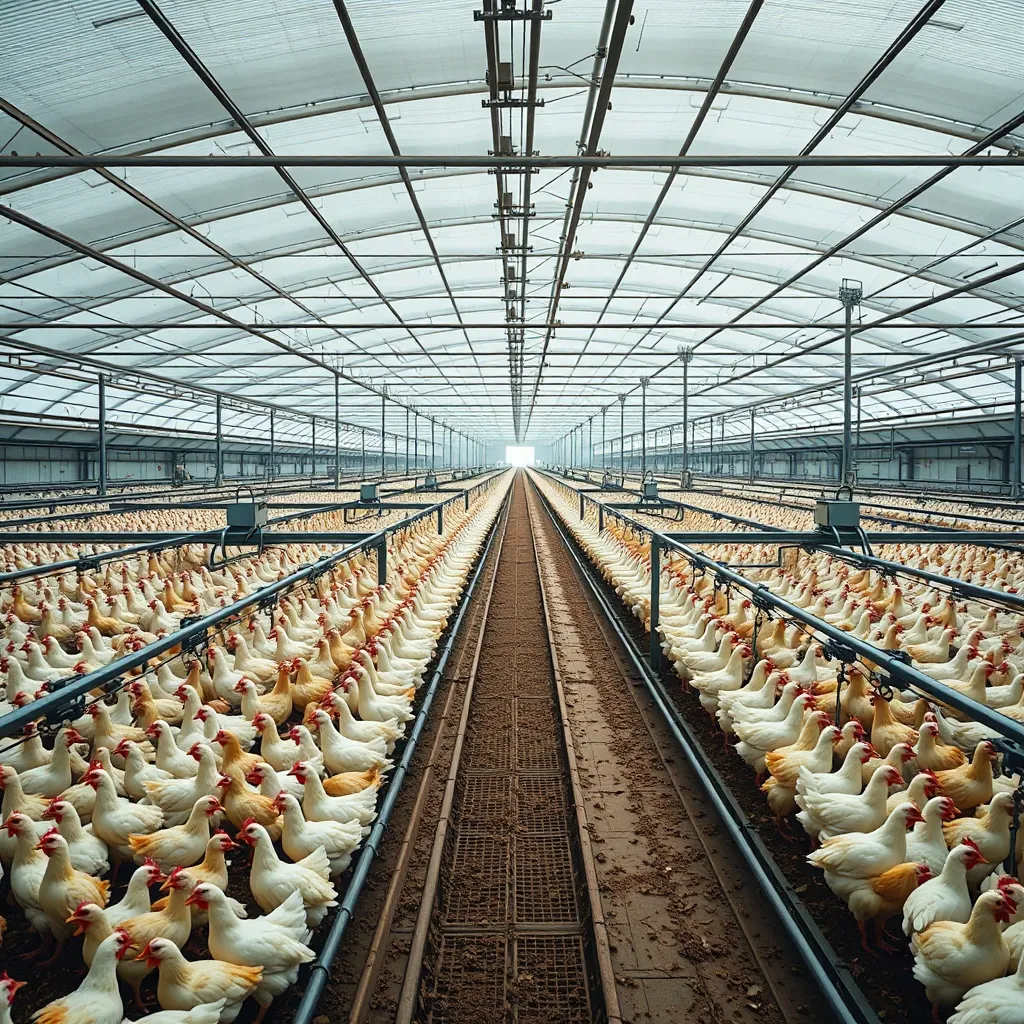
Health and Safety Concerns
Avian influenza (bird flu) remains a significant threat to poultry flocks globally, causing substantial economic losses and requiring strict biosecurity measures to contain outbreaks. Other diseases, such as Newcastle disease and Salmonella, also pose challenges for the industry. Food safety is paramount, with regulations dictating minimum internal cooking temperatures (165°F or 73.9°C) to eliminate harmful bacteria like Salmonella and Campylobacter. The judicious use of antibiotics in poultry farming is also a critical concern, with efforts focused on minimizing their use to prevent the development of antibiotic-resistant bacteria.
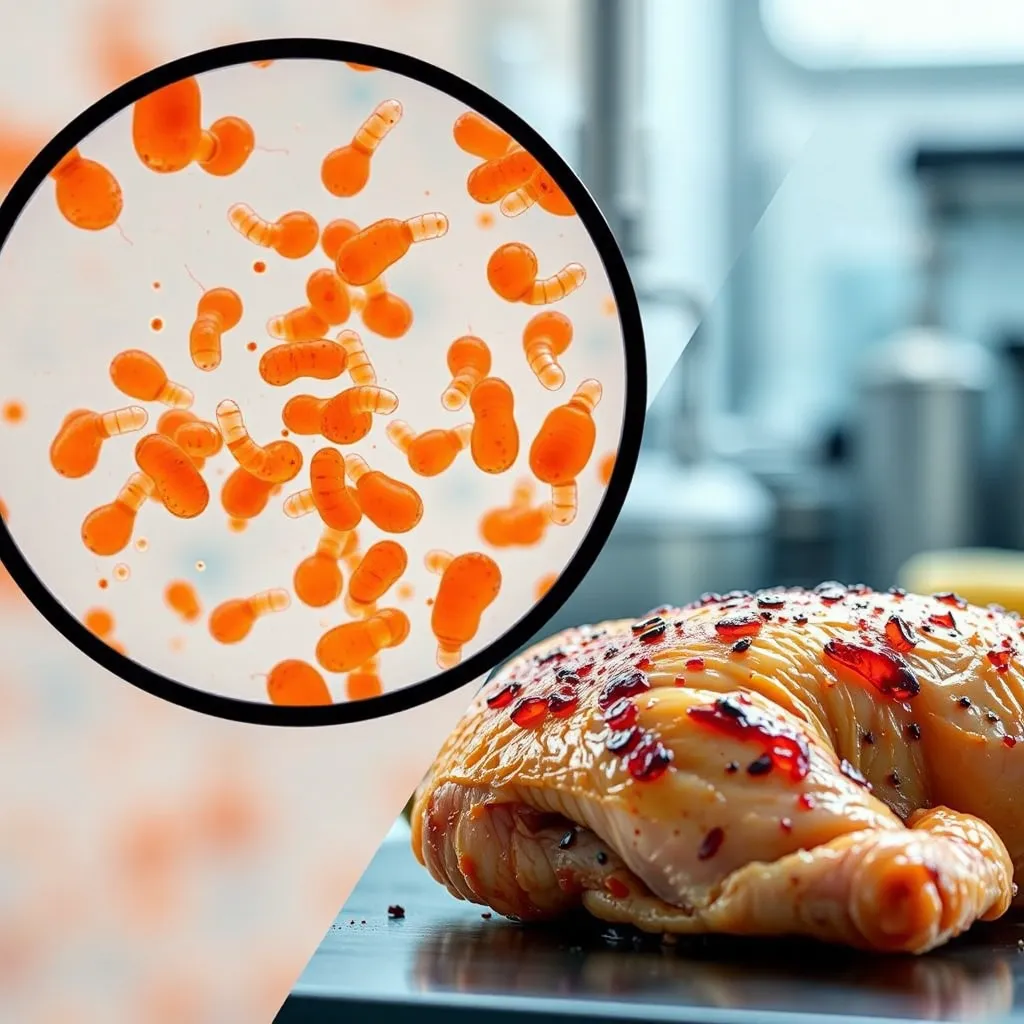
The Economic Impact of Poultry
The poultry industry is a significant contributor to global food security, providing a readily available and affordable source of protein for billions of people. It also supports millions of jobs across the supply chain, from farming and processing to distribution and retail. However, the industry’s economic impact is not without its complexities, facing challenges such as fluctuations in feed prices, disease outbreaks, and consumer preferences shifting towards more sustainable and ethically produced poultry products.
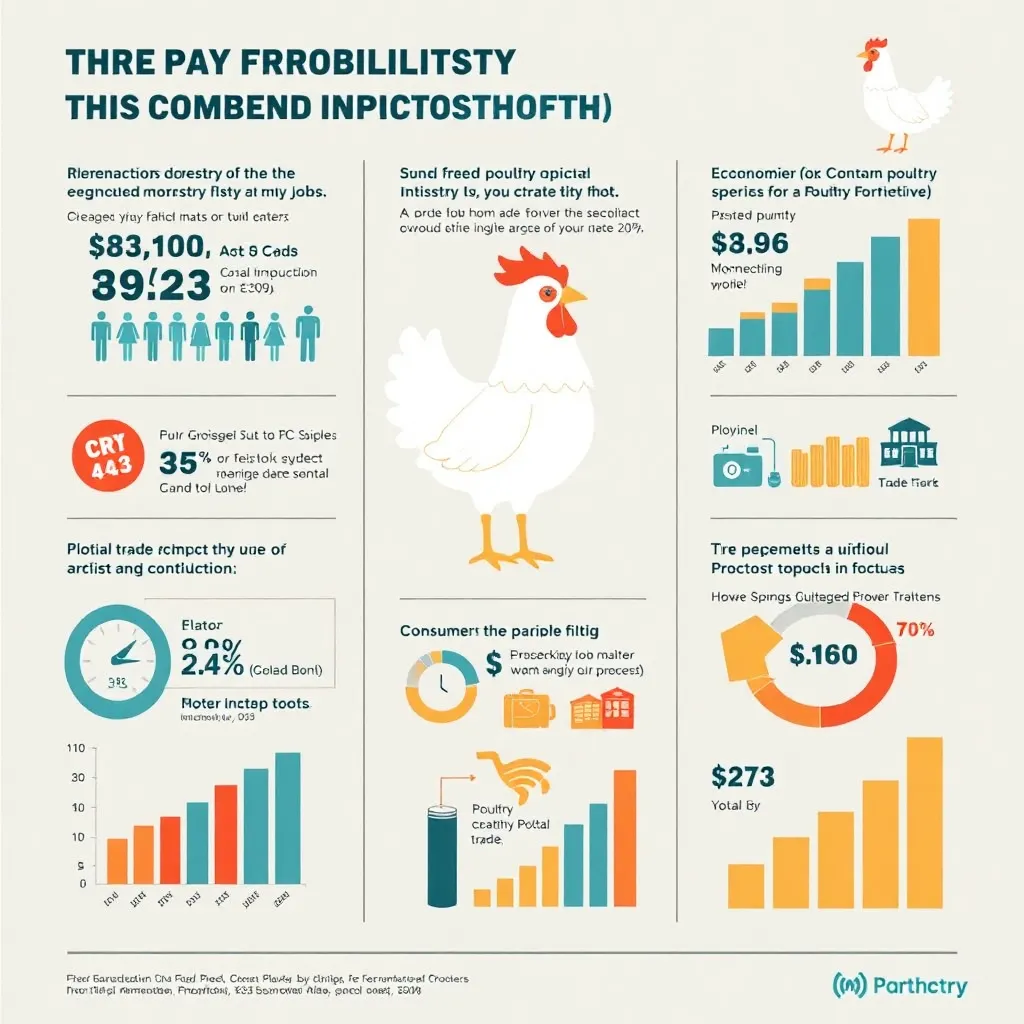
The Future of Poultry Farming
The poultry industry is constantly evolving, driven by technological advancements, changing consumer demands, and growing concerns about sustainability. Innovative approaches, such as precision feeding and automated systems, aim to improve efficiency and reduce environmental impact. There’s also a growing emphasis on animal welfare, with increased interest in free-range and organic poultry production. The future likely involves a diverse landscape of farming practices, balancing the need for efficient food production with the growing demand for ethically and sustainably produced poultry.
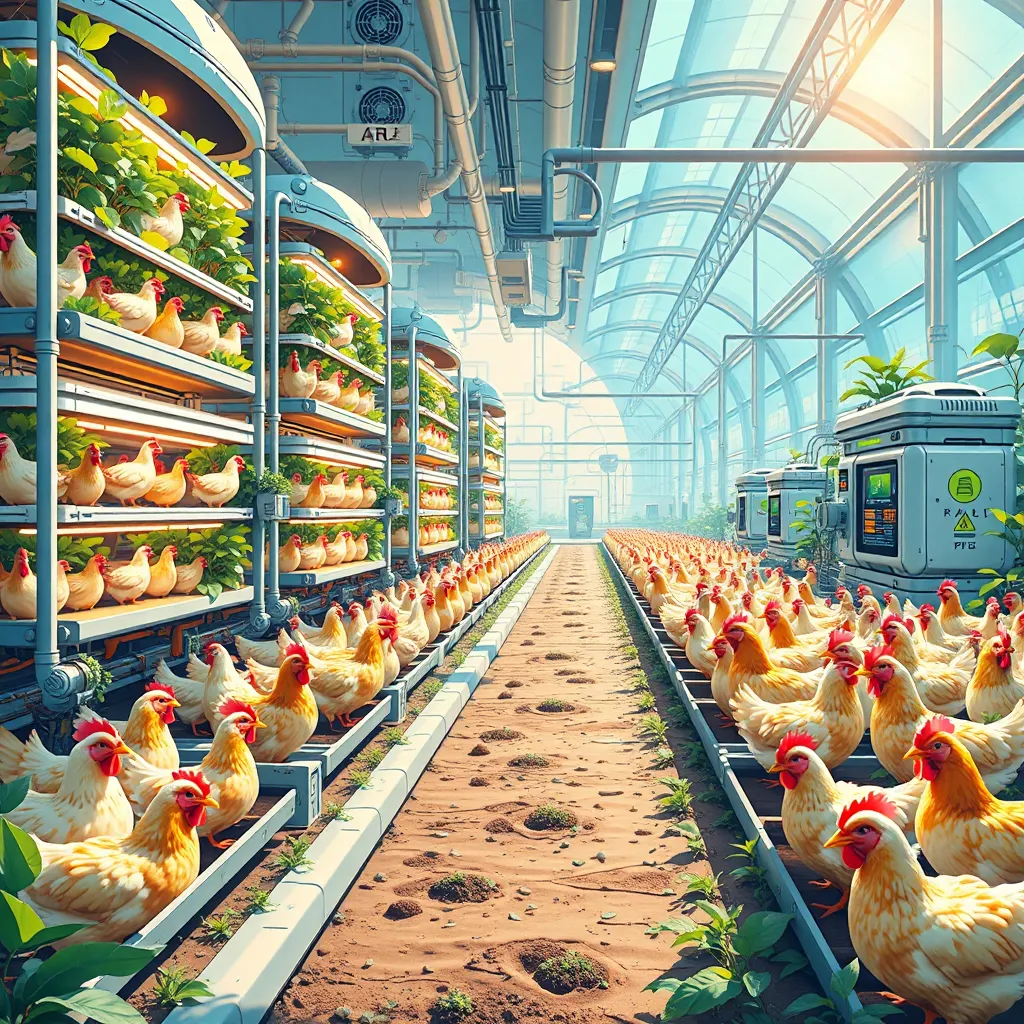
Frequently Asked Questions (FAQ)
Q: What is the safest internal temperature for cooking poultry?
A: All poultry should reach a safe minimum internal temperature of 165°F (73.9°C) as measured with a food thermometer.
Q: What are some common poultry diseases?
A: Common diseases include Avian influenza (bird flu), Newcastle disease, and Salmonella.
Q: Are there ethical concerns surrounding modern poultry farming?
A: Yes, concerns exist regarding animal welfare in intensive farming systems. Free-range and organic farming methods are gaining popularity as more ethical alternatives.
Q: What is the difference between broilers and layers?
A: Broilers are chickens raised specifically for meat production, while layers are raised for egg production.
Q: How can I reduce my risk of food poisoning from poultry?
A: Always cook poultry to 165°F (73.9°C), wash your hands thoroughly after handling raw poultry, and avoid cross-contamination by using separate cutting boards and utensils.
Q: What is the role of the USDA in the poultry industry?
A: The USDA plays a crucial role in regulating poultry production, ensuring food safety, and conducting research on poultry health and management.
Q: What are some sustainable poultry farming practices?
A: Sustainable practices include minimizing antibiotic use, improving feed efficiency, reducing waste, and adopting environmentally friendly housing systems.
Q: Where can I find more information about poultry farming in my area?
A: Your local agricultural extension office or state department of agriculture are excellent resources for information specific to your region.






